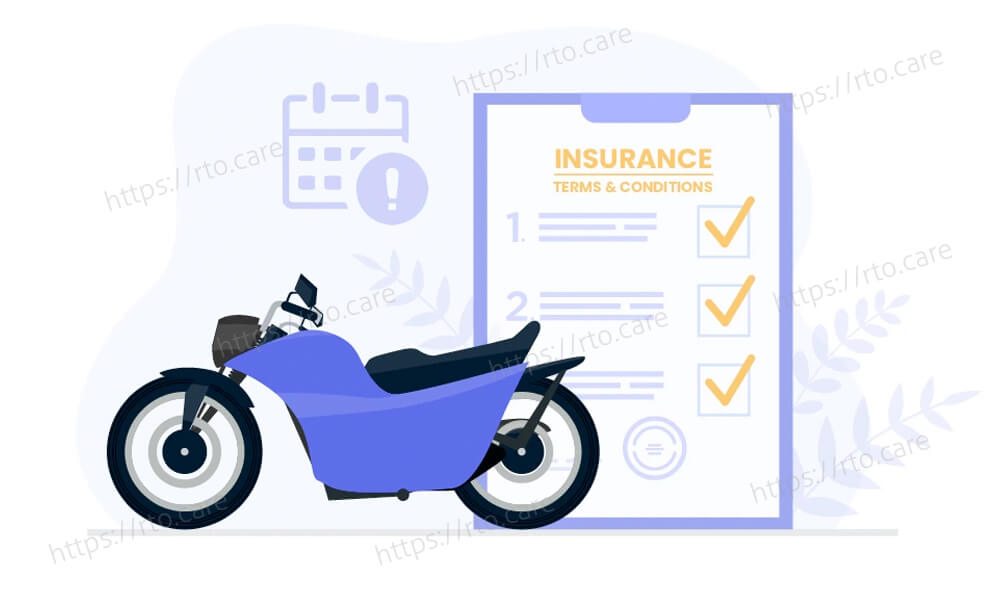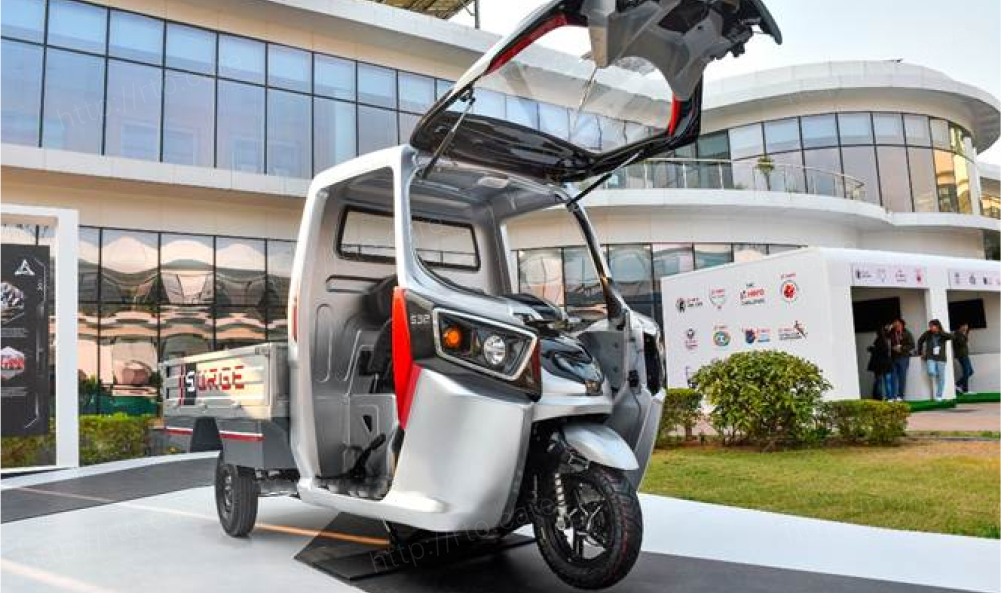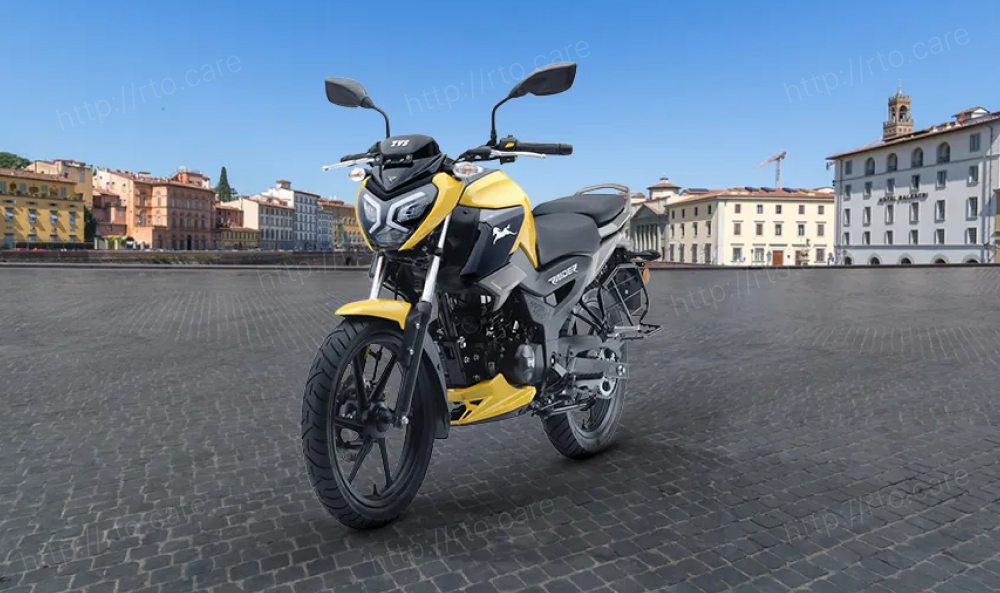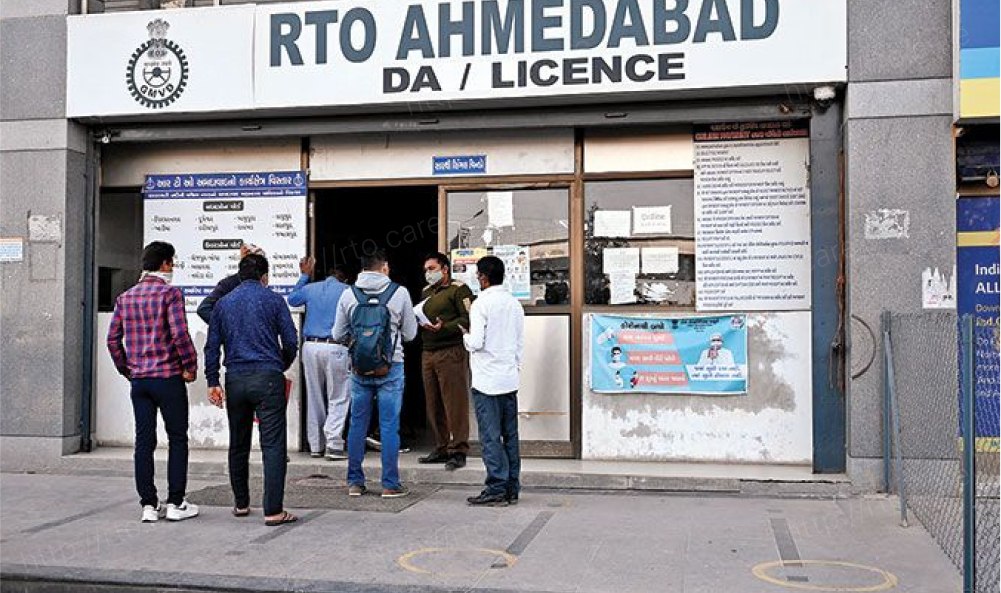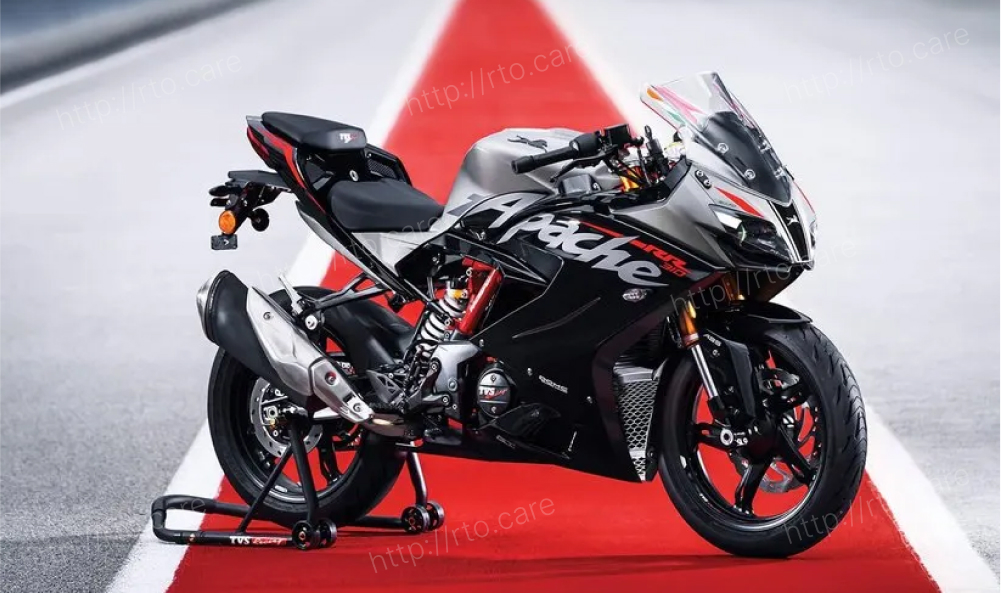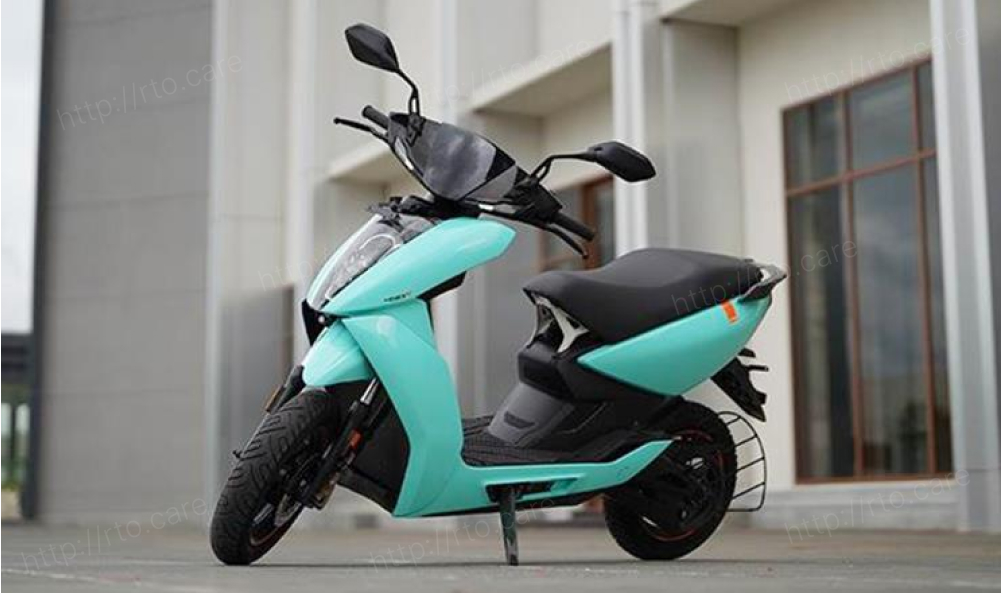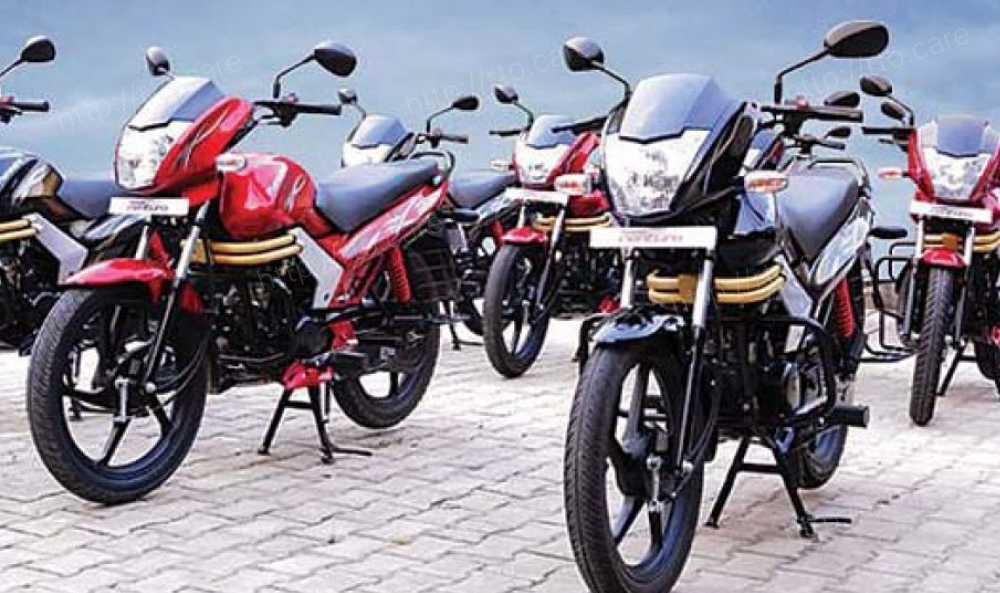Online insurance policies are advantageous since they eliminate the need for a middleman, are faster, require less paperwork, and are often less expensive. You may compare two-wheeler insurance premium prices online by visiting the websites of individual insurance companies or by checking the rates on insurance aggregator websites.
When making your selection, utilise an online two-wheeler insurance premium calculator to assist you analyse your needs and give you with the best solutions for your individual situation. There are several free internet calculators accessible.
Simply enter some basic information about your two-wheeler, such as the IDV, Cubic capacity, registration zone, and vehicle age, to compute the premium amount. The IDV is the amount you are guaranteed to get from the insurer in the event of damage, theft, etc. It is computed by subtracting depreciation from the manufacturer's stated selling price. The IDV does not cover the cost of registration or insurance. Pay with your credit card or net payment using the amount estimated online.
Two-Wheeler Insurance Premium Influencing Factors
The premium for two-wheeler insurance is determined by numerous criteria. Some examples are shown below:
1. Insurance Policy Type:
The type of insurance policy you choose has a significant impact on your insurance rate. A basic third-party automobile insurance coverage has a lower premium than a comprehensive motor insurance policy. This is also because an outer security plan provides limited security when compared to a comprehensive security strategy.
2. Two-Wheeler Design and Performance:
The cost of your auto insurance is heavily influenced by the type of car you drive. The insurance rate is also determined by the model of the car, the city in India where the vehicle is registered, and the frills put in the vehicle. The amount of premium is also affected by your vehicle's Cubic Capacity (CC). Sports motorcycles and superbikes with more performance are paid a higher premium than commuter vehicles.
3. Optional extra insurance coverage:
You may select one or more supplementary insurance covers to supplement your insurance policy's coverage. Co-passenger accident coverage, nil-devaluation coverage, accessory coverage, and other options are available.These add-on covers are available for an extra fee, which ultimately raises the premium amount.
4. NCB (No Claim Bonus):
NCB is a prize offered by insurance companies to policyholders for not filing claims on their insurance coverage during the previous year. It serves as a form of motivator for motorcyclists to maintain safe riding habits. A No Claim Bonus reduces your insurance rate by up to half based on the total number of claim-free years.
5. Excessive Excess:
If the vehicle suffers injury or misfortune as a result of an unforeseeable circumstance, the insured must pay a specific amount of claim out of their own cash. If a policyholder chooses to contribute more from their own money during a claim, the premium value of their insurance will be reduced. This is known as voluntary excess.
6. Insurance Companies Offer Discounts:
With growing competition in the insurance sector, insurance companies are now giving a variety of rebates and discounts. For example, a person may decide to get a multi-year insurance policy for a period of up to three years in order to save money on their insurance payment.
